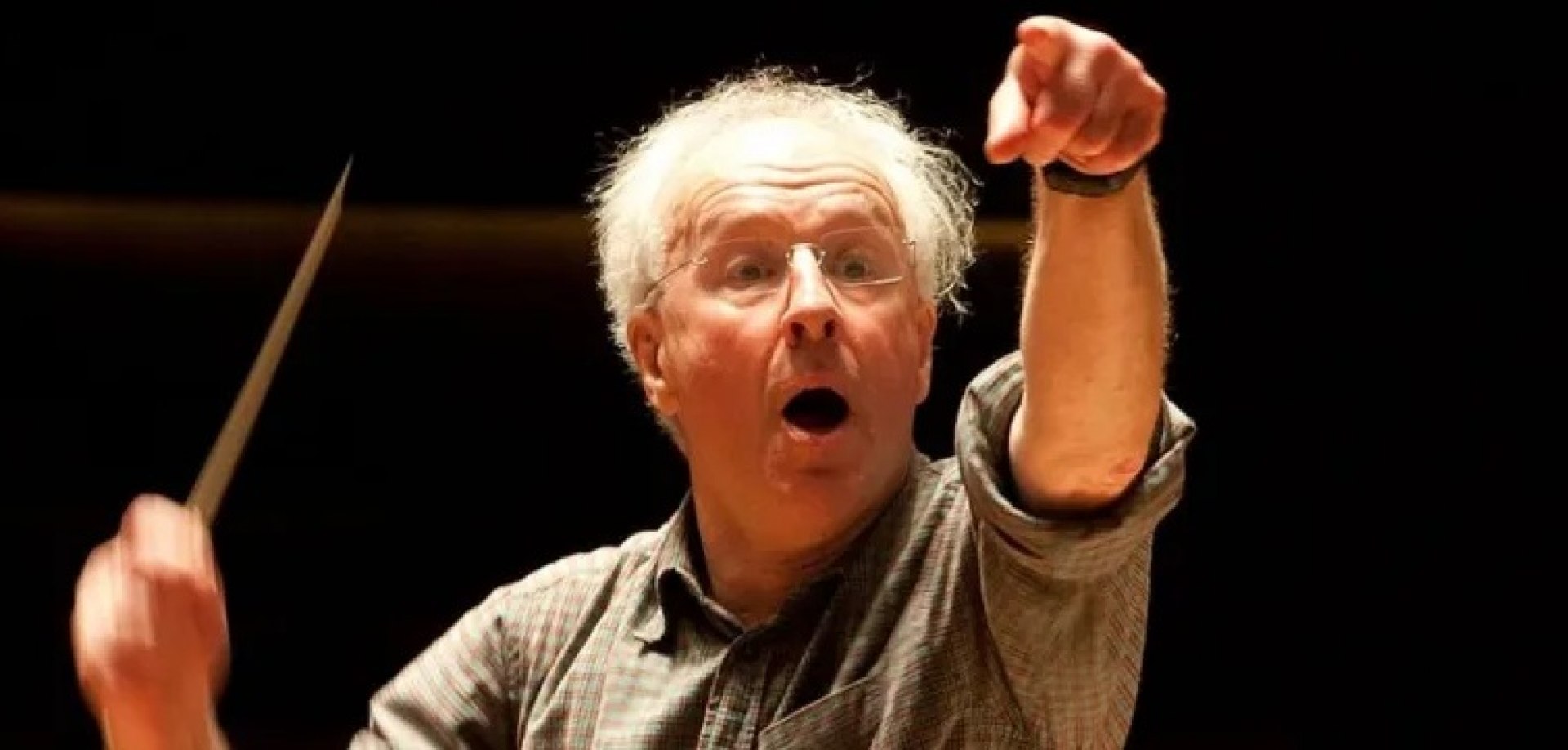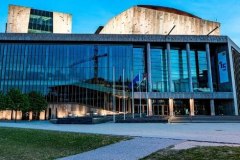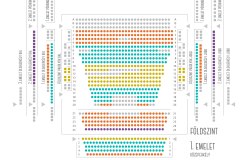Hungarian Radio Symphony Orchestra and Choir
Mo | Tu | We | Th | Fr | Sa | Su |
AN ENGLISH EVENING. CORONATION.
The British conductor Howard Williams cherry-picked from over 300 years of English music history to put together the programme for this concert. The Baroque period is represented by Purcell and Handel, while the 20th century is revisited in the compositions of Hubert Parry, William Walton and Benjamin Britten. Among the highlights is the work by the Scottish composer James MacMillan, which Queen Elizabeth II commissioned for her own funeral service. When the work was performed at Westminster Abbey on 19 September 2022, it was heard by millions around the world. Hubert Parry’s anthem I Was Glad also has close ties to the royal family, having been performed at the coronations of Edward VII in 1902, George V, Elizabeth II, and, most recently, Charles III.
Program and cast
Conductor: Howard Williams
cello: Ditta Rohmann
soprano: Audrey Gábor
countertenor: Péter Bárány, Zoltán Gavodi
bass: Lóránt Najbauer
the Hungarian Radio Symphony Orchestra, Choir and Children’s Choir
Program
Handel:
Zadok the Priest, HWV 258
Purcell:
Come Ye Sons of Art (Ode for Queen Mary’s birthday), Z. 323
MacMillan:
Who Shall Separate Us?
Parry:
I Was Glad
Walton:
Cello Concerto
Britten:
Variations and Fugue on a Theme of Purcell, Op. 34
10 May 2026
Conductor: Riccardo Frizza
piano: Federico Colli
the Hungarian Radio Symphony Orchestra
Program
Respighi:
Pines of Rome
Martucci:
Piano Concerto No. 1, Op. 40
Respighi:
Fontane di Roma
Respighi:
Roman Festivals
Palace of Arts Müpa Budapest
When Müpa Budapest, Hungary and its capital's new cultural hub, opened in 2005, it was built to represent more than 100 years of Hungarian cultural history. As a conglomeration of cultural venues, the building has no precedent in 20th century Hungarian architecture and has no peers in the whole of Central Europe.
The creators of this ambitious project, the Trigránit Development Corporation, prime contractor Arcadom Construction and the Zoboki, Demeter and Partners Architectural Office, were driven by the desire to create a new European cultural citadel as part of the new Millennium City Centre complex along the UNESCO World Heritage-listed Danube waterfront. The result is a facility whose construction quality, appearance, functionality and 21st century technological infrastructure makes it ideally suited to productions of the highest standard. The building is also highly versatile and equipped to host performances of any genre and almost any scale.

 EN
EN DE
DE IT
IT FR
FR ES
ES RU
RU JP
JP RO
RO
 Seating plan
Seating plan 
